Safe Cleaning Supplies: Are Your Household Cleaning Supplies A Health Risk?
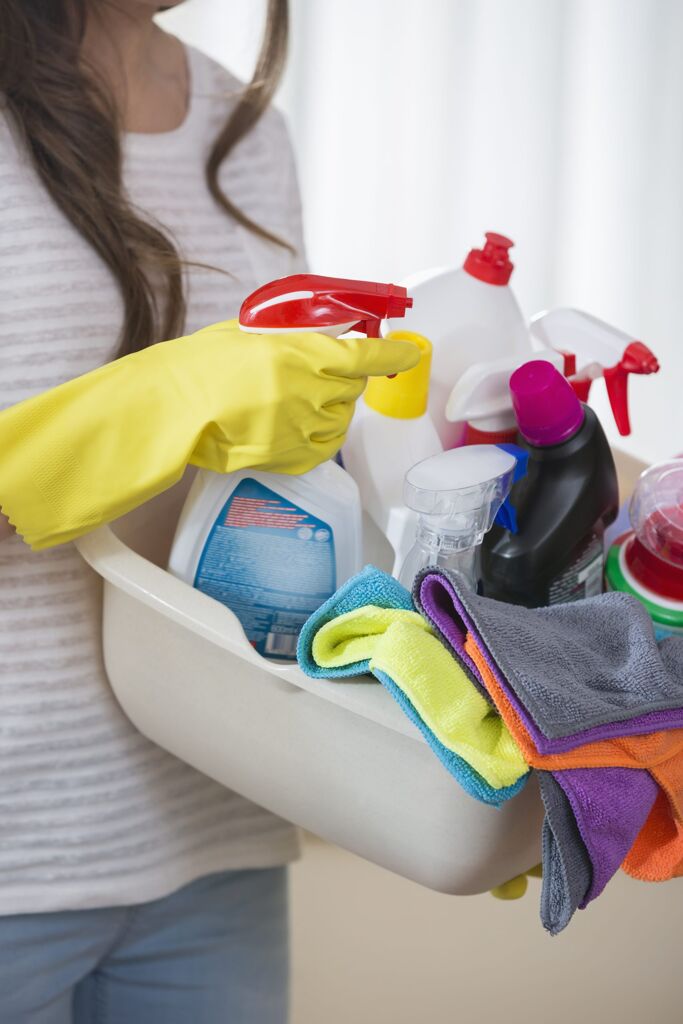
Don’t be surprised to know that the household and cleaning products which we use in our day to day life, both in our homes as well as in industries, contains a number of toxic chemicals which can cause serious health hazards. Safe cleaning supplies is an area that is seriously underemphasized in the health space. Out of 2500 household and cleaning surveyed by Environmental Working Group, U.S.A., more than 50% of the products contain compounds which pose serious health risks to the consumer. On the basis of some major health risks, these toxins can be termed as allergens (chemicals which induce allergic reactions like Asthma- allergic reaction in the respiratory tract or Urticaria- a skin allergy), carcinogens( chemicals which tend to induce Cancer), endocrine disruptors (which mimics or inhibits endocrine hormones and cause various diseases), reproductive toxins (which affects human reproductive system) or developmental toxins (which affects the growth or development of a person). Some of the major toxins found in the cleaning supplies are discussed below.
Formaldehyde –
Formaldehyde, also known as formalin, is less often added directly to the cleaning products as a preservative. But, manufacturers frequently add preservatives like bronopol (also known as 2-bromo-2-nitropropane-1, 3-diol) which release formaldehyde later.
Health Risks:
Formaldehyde can be easily absorbed in the human body both by ingestion or inhalation but it is rarely absorbed through the skin. Mild exposure to formaldehyde can cause weakness, vomiting, nausea, wheezing, coughing and irritation of the mucous membranes (which are present as the protective covering in the nose, mouth, and upper respiratory tract). Severe formaldehyde toxicity may lead to ulceration (formation of sores in the skin or mucous membranes), hemorrhage (bleeding due to rupturing of blood vessel), metabolic acidosis (excessive production of acid), tachypnea (rapid breathing), jaundice (liver infection which causes yellowing of the skin or whites of the eyes) and renal failure (kidney failure). In addition to this, formaldehyde can cause respiratory depression, central nervous system impairment, convulsions (sudden, violent, irregular movement of the body, caused by involuntary contraction of muscles), coma (a prolonged state of deep unconsciousness), permanent vision impairment and cancer. In fact, it is designated as a human carcinogen by the U.S. government and World Health Organization.
1,4-Dioxane
Usage:
1, 4-Dioxane is used primarily as a solvent for chemical processing of various consumer products but it remains as a contaminant in the finished products as well. Traces of the toxin can be found in cosmetics, detergents, shampoos, liquid dishwashing soaps, baby lotions, hair lotions, bath foams, and other household and cleaning products.
Health Risk:
Short-term exposure to high concentrations of 1, 4-dioxane has been associated with liver and kidney damage. High exposure to 1, 4-dioxane causes adverse nervous system failure and can even cause death. Preliminary studies indicate that repeated exposure to 1, 4-dioxane can also cause cancer. It is also suspected to be a cause of various other developmental problems.
Sodium Hypochlorite (Bleach)
Usage:
Sodium hypochlorite is a chemical commonly found in bleach, and cleaning products. It is also used to decontaminate water and thus added in the water purifiers.
Health Risk:
Inhalation or oral exposure of sodium hypochlorite can lead to poisoning. Reported health effects include irritation of the eyes, chest pain, gagging sensation, lowering the blood pressure, possible burning in the exposed area of the skin, mouth, throat or gastrointestinal tract. Exposure to this toxin can induce pain in the mouth or stomach and a person could get a shock or can go to coma. Its fumes become more hazardous on the addition of ammonia due to the production of chloroform. Chloroform is a known human carcinogen.
Borax and Boric Acid
Usage:
Borax and boric acid are used widely for stabilizing enzymes used in detergents and laundries. They can be added as ingredients in other household products like medicated powders, lotions, soaps, mouthwash, toothpaste, astringents, eyewashes, cosmetics and cockroach killers. They can also be added as preservatives to increase the shelf life of the cleaners as they inhibit the growth of bacteria. Some cleaners contain chemicals which release these toxins. For instance, sodium perborate added as oxygen bleach releases sodium borate while bleaching.
To Read About Blog Topic, Scroll Down
Want To Work With Our Clinic?
Do you have a chronic or mystery illness that no one has been able to help you with? Are you simply wanting to re-connect with a healthier version of yourself? It’s Time To Finally Feel Better!
Health Risks of Unsafe Cleaning Supplies:
Humans can be exposed to borax and boric acid by dermal contact, inhalation and ingestion as well. Mild exposure to these toxins causes nausea, vomiting, diarrhea, and irritation of the skin, eyes, and respiratory tract while exposure to their high concentrations can damage the liver, kidneys, respiratory tract, gastrointestinal tract and the nervous system. They are also considered to disrupt hormonal function and sperm development in males. These compounds are also claimed to impair the skeletal development of the fetus as they can easily cross the placenta.
Alkyl (C12-16) Dimethbenzyl Ammonium Chloride
Usage:
Alkyl (C12-16) dimethylbenzyl ammonium chloride is a compound commonly used as an antimicrobial, insecticidal and fungicidal agent in various cleaning applications like in swimming pools, industrial water systems (recirculating cooling water), pulp and paper industries, oil well injection, and saltwater disposal.
Health Risks:
The major health risk associated with alkyl (C12-16) dimethylbenzyl ammonium chloride is hepatotoxicity i.e., liver damage. This chemical is also associated with severe skin burns.
Didecyl Dimethyl Ammonium Chloride
Usage:
Didecyl dimethyl ammonium Chloride is used as a disinfectant, sanitizer, wood preservative, deodorant, and insecticide due to its antibacterial, antifungal, antiviral, anti-algal and insecticidal properties.
Health Risk:
It has been reported that didecyl dimethyl ammonium chloride causes various health issues including nausea, headache, sore throat and dermal effects like skin rashes, burning sensation, numbness, and itching.
Diethanolamine
Usage:
Diethanolamine is a chemical commonly used in soaps, shampoos, cleaners, polishers, cosmetics, and pharmaceuticals as an emulsifier or foam forming agent.
Health Risk:
Short-term inhalation exposure to diethanolamine is suspected to cause irritation in the nose and throat, and dermal exposure may irritate the skin. No studies on the chronic effects of diethanolamine on humans are reported but some animal studies indicate that chronic oral exposure to diethanolamine has toxic effects on the liver, kidney, blood, and central nervous system (CNS).
Distearyl Dimonium Chloride
Usage:
Distearyldimonium Chloride is added as an antistatic agent in the cleaners, shampoos and hair conditioners.
Health Risks:
The most common health risk associated with distearyl dimonium chloride includes irritation to skin, eyes, or lungs. The compound is also reported to cause serious organ system toxicity
Glycol Ethers
Usage:
Glycol ethers are a group of compounds which are used commercially as industrial solvents. The most commonly used members include ethylene glycol and propylene glycol. They can also be added as ingredients in cleaning products like degreasers, dry cleaners or film cleaners; in coatings like paints, varnishes, dyes, or stains; in brake fluids; and cosmetics.
Health Risks:
Some members of glycol ether family are associated with birth defects and developmental defects. Some recent reports indicate that occupational exposure to glycol ethers can decrease the sperm count in men. Exposure to ethylene glycol ethers is considered to damage red blood cells and bone marrow (the site where white blood cells are produced) thus they can cause anemia. Skin contact to glycol ethers results in dryness, redness, rashes and cracking of the skin.
What can be done?
Stop underestimating the risk of toxins in the cleaning products as they can cause a serious health hazard to you. We understand that it is very difficult to identify which product is safe to use and which not as very few of such toxins are listed on the labels while most of them stay hidden, sometimes intentionally, and sometimes, not. One of the basic things you can do is that always read the ingredients of each product before buying. This will help you to at least avoid toxins which are visible. Keep yourself regularly updated about the safety of the products, and latest information about toxins and health safety. One more thing which you can do to increase your safety is to choose natural products instead of the synthetic products. But, be aware even when choosing organic products. Make sure that all the ingredients used in the so claimed “Organic or Natural” are actually organic and not just a marketing stunt. To help you in this strenuous struggle of deciding which product to choose, some of the cleaning products which are ranked safest according to Environmental Working Group have been listed here.
Now Let’s Talk About Safe Cleaning Supplies
Safe Cleaning Supplies: Safest Certified Green Laundry Products
- Bronner’s Pure-Castile Soap, Peppermint
- Fit Organic Laundry Detergent, Fresh Citrus
- Ecover Laundry Powder
- Attitude Little Ones Night Laundry Detergent, Soothing Chamomile
- Attitude Little Ones Laundry Detergent, Fragrance Free
- Eco-Me Laundry Soap, Emma
Safe Cleaning Supplies: Safest Certified Green Bathroom Cleaners
- Simple Green Naturals Bathroom Cleaner
- Seventh Generation Tub & Tile Natural Cleaner, Emerald Cypress & Fir
- Meyer’s Clean Day Geranium Toilet Bowl Cleaner
- Meyer’s Clean Day Basil Toilet Bowl Cleaner
- Ecover Toilet Bowl Cleaner, Pine Fresh
- biokleen SoyBlends Soy Toilet Cleaner
- Ecover Limescale Remover, Bathroom and Shower
- AspenClean Bathroom Cleaner
Safe Cleaning Supplies: Safest Certified Green Dishwashing Soaps and Detergents
- MamaSuds Automatic Dishwasher Powder
- Seventh Generation Dishwasher Detergent Powder, Free & Clear
- Attitude Little Ones Baby Bottle & Dishwashing Liquid, Fragrance Free
- Puracy Natural Dish Soap, Green Tea & Lime
- Attitude Little Ones Baby Bottle & Dishwashing Liquid, Fragrance Free
- Bronner’s Sal Suds Liquid Cleaner
- Ecover Dishwashing Liquid, Lemon and Aloe Vera
Thanks for taking the time to consider safe cleaning supplies!
Want help with your health? Book a free health evaluation call to see if you are a good fit for our clinic by clicking the button below.
Book My Free Phone Health Evaluation
References:
- Agency for Toxic Substances and Disease Registry, Georgia, U.S.A. (https://www.atsdr.cdc.gov/toxprofiles/tp187-c2.pdf)
- Cheol-Hong Lim and Yong-Hyun Chung. Effects of Didecyldimethylammonium Chloride on Sprague-Dawley Rats after Two Weeks of Inhalation Exposure. Toxicological Research. 2014 Sep; 30(3): 205–210. (https://www.ncbi.nlm.nih.gov/pmc/articles/pmc4206748/)
- Department of Health Services, California. Factsheet: Hazard Evaluation System and Information Service. (https://www.cdph.ca.gov/programs/hesis/documents/glycols.pdf )
- Enviroblog, Environment working Group, U.S.A. (https://www.ewg.org/enviroblog/2011/02/borax-not-green-alternative-its-cracked-be)
- Environment working Group, U.S.A. Report. (https://www.ewg.org/guides/cleaners/content/cleaners_and_health )
- Geller et al. Toxicity of diethanolamine in mice. Toxicology and Applied Pharmacology. Volume 22, Issue 2, June 1972, Pages 175-185. (https://www.sciencedirect.com/science/article/pii/0041008×72901664)
- Hardin et al. Developmental Toxicity of Diethylene Glycol Monomethyl Ether (diegme). Fundamental and Applied Toxicology 6(3):430-9 · May 1986. (https://www.researchgate.net/publication/19463265_developmental_toxicity_of_diethylene_glycol_monomethyl_ether_diegme)
- Haz-Map database. National Library of Medicine, National Institute of Health, U.S. (https://hazmap.nlm.nih.gov/category-details?Id=13788&table=copytblagents)
- Haz-Map database. National Library of Medicine, National Institute of Health, U.S. (https://hazmap.nlm.nih.gov/category-details?Id=18780&table=copytblagents)
- Health Protection Agency, U.K. (https://www.gov.uk/government/uploads/system/uploads/attachment_data/file/341379/hpa_formaldehyde_toxicological_overview_v1.pdf)
- Health Protection Agency, U.K. (https://www.gov.uk/government/uploads/system/uploads/attachment_data/file/427651/sodium_hypochlorite_to_phe__130515.pdf)
- Kireche M et al. Evidence for chemical and cellular reactivities of the formaldehyde releaser bronopol, independent of formaldehyde release. Chem Res Toxicol. 2011 Dec 19. (https://www.ncbi.nlm.nih.gov/pubmed/22034943)
- Material Safety Datasheet, Santa Cruz Biotechnology. (http://datasheets.scbt.com/sc-237926.pdf)
- Medlineplus, National Library of Medicine, National Institute of Health, U.S. (https://medlineplus.gov/ency/article/002488.htm)
- Ross MP and Spiller HA. The toxic effects of formaldehyde on the nervous system. Vet Hum Toxi 1999 Apr;41(2):82-6. (https://www.ncbi.nlm.nih.gov/pubmed/10192136)
- Skindeep Database, Environment Working Group, U.S.A. (https://www.ewg.org/skindeep/ingredient/700019/2-bromo-2-nitropropane-1,3-diol_(formaldehyde_releaser)/
- Songur A et al. The toxic effects of formaldehyde on the nervous system. Rev Environ Contam Toxicol. 2010. 203:105-18. (https://www.ncbi.nlm.nih.gov/pubmed/19957118)
- Toxicological Profile for 1, 4-Dioxane. Wilbur S, Jones D, Risher JF, et al., Agency for Toxic Substances and Disease Registry, Georgia, U.S.A. April, 2012. (https://www.ncbi.nlm.nih.gov/books/nbk153666/)
- TOXNET, National Library of Medicine, National Institute of Health, U.S.) https://pubchem.ncbi.nlm.nih.gov/
- TOXNET, National Library of Medicine, National Institute of Health, U.S. (https://pubchem.ncbi.nlm.nih.gov/)
- TOXNET, National Library of Medicine, National Institute of Health, U.S. (https://pubchem.ncbi.nlm.nih.gov/)
- United States Environmental Protection Agency. (https://www.epa.gov/sites/production/files/2016-09/documents/diethanolamine.pdf)
Are You Suffering From A Chronic Illness?
Does your current health situation look like this…
- Do you feel that you have tried many things and either nothing works, or the treatment does not hold?
- Have you been told that there is nothing that can be done to reverse your illness and you just need to manage symptoms?
- Does your illness impact your work, your family, your happiness and your social life?
We specialize in finding answers and solutions for complicated chronic illness when people feel like they have tried everything. If this sounds like you, book a free call with us to see if we are the right fit for your health goals.
Dr. Miles has spoken for the following organizations:

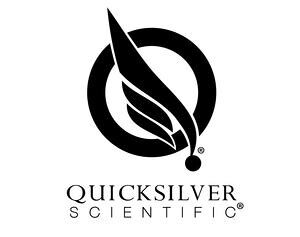



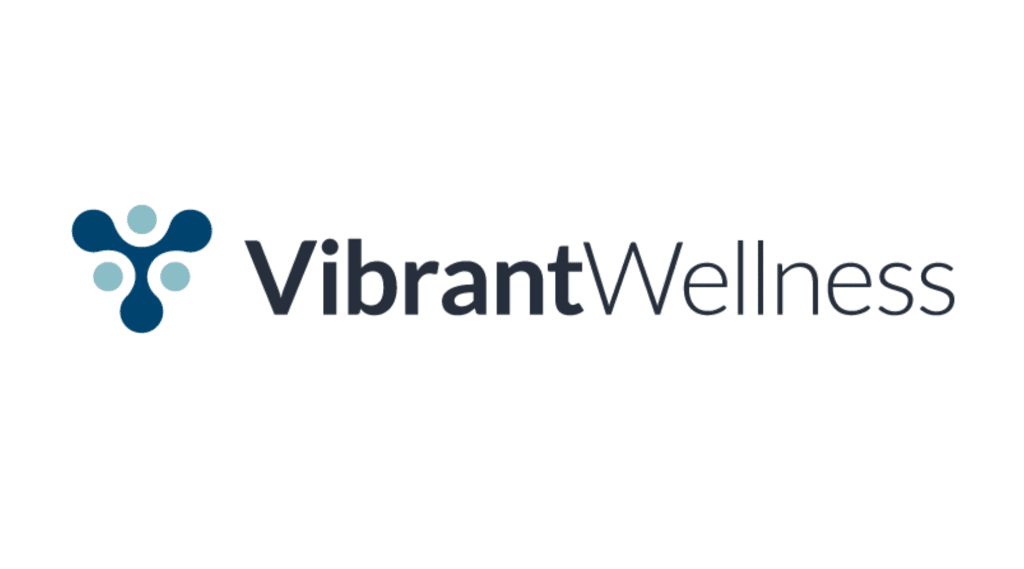




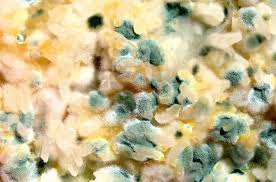






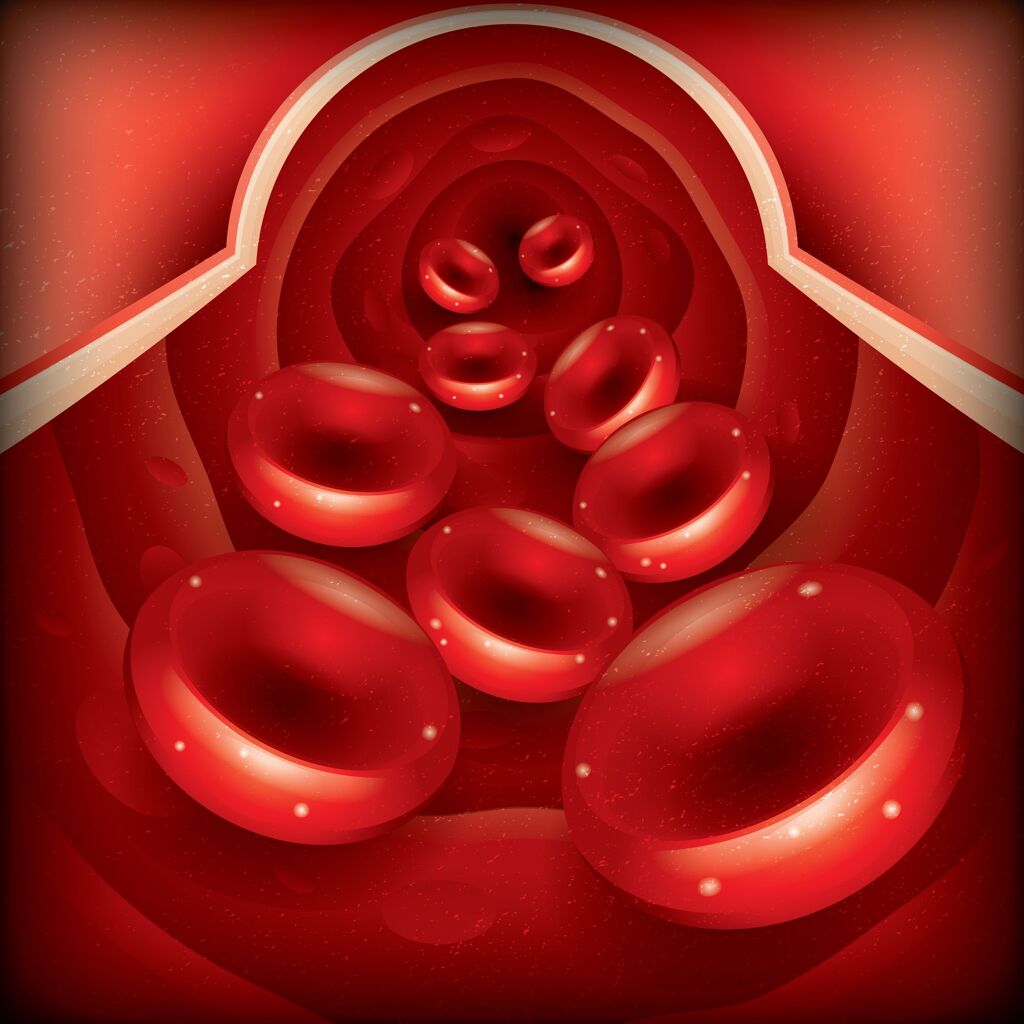
Responses